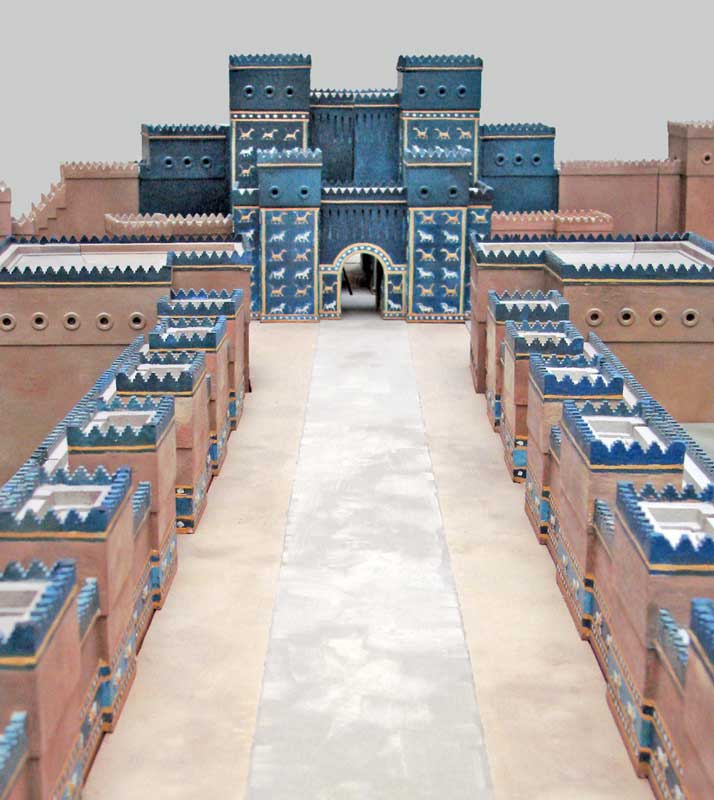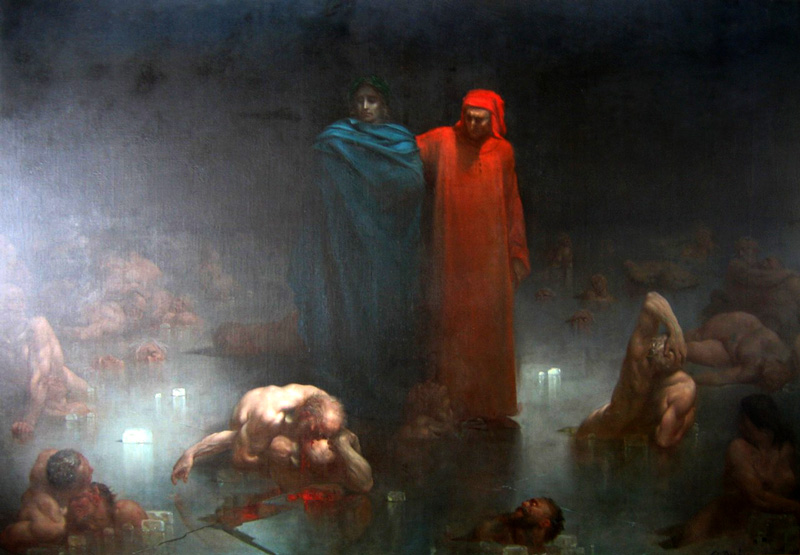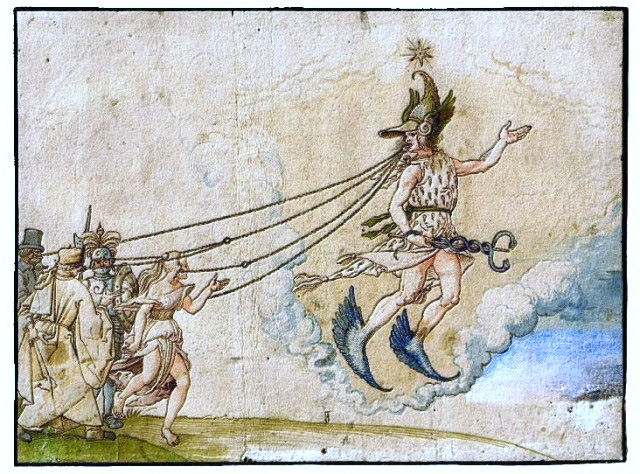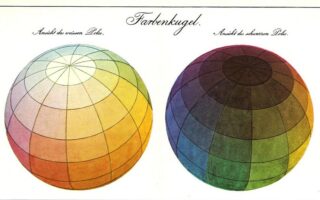A descent into the depths of the soul requires all heroic courage
Autor: Clemens Zerling
Already in ancient times, the motive of descending into the underworld is often found. From the Babylonian goddess Ištar to the Greek hero Odysseus. And finally to poor Orpheus, who wanted to bring his beloved back from the deep darkness. But what is the meaning of the underworld, which is also interpreted as the unconscious and the realm of dreams? And what are the mythical figures looking for in this realm? Together with the author, we embark on a journey.Into darkness, into silence, into the very basis of being.
A descent (katábasis) into the depths of the soul demands all heroic courage.
The Babylonian Ištar (presumably = [Venus-]star), goddess of heaven and earth, descends into the underworld, into the „kingdom without return“, full of blind rage, anger and sinister desire for revenge. She, at the same time mistress of all warlike conflicts, wants to incite the numerically superior dead to destroy all living beings on earth. There is no reason for this. But in the underworld only her sister Ereshkigal (= mistress of the great below) rules. So her gatekeeper Namtar (= fate) refuses access. Burnt with rage, Ištar threatens to smash the gate. Ereshkigal, unpleasantly surprised by this visit, finally agrees to let Ištar enter her kingdom after a fierce debate.
But she sets harsh conditions for it. Ištar has to discard one of her insignia as she passed through each of the seven gates: diadem, earrings, necklace, robe needle, belt with birthstones, bracelets and anklets. At the seventh gate she has to take off her robe herself and is completely naked. Finally, completely humiliated by her crouched posture – similar to the dead in Sumerian tombs – Ištar is no longer different from other deceased people. On top of that, the goalkeeper Namtar, on behalf of her sister, has given her sixty illnesses that rob her of every life force. But in her absence, synchronised with her infirmity, all life on earth falters. No seed reaches maturity, humans and animals are unable to mate. The entire upper world is in danger of extinction. Worried, Ereshkigal sends a messenger to Ea, androgynous god of wisdom and water.
Even if „seven gates of transformation“ might refer to the declining moon at first, the „passages“ suggest stages of a very old female initiation path. Countless threshold and entrance rites in the cultures of mankind testify to the respect for the great feminine in its ambivalent aspect. Now different versions of the descent of the Ištar (Sumerian: Inanna) into the underworld or „hell“ have survived, a myth whose oldest Sumerian version goes back at least to the beginning of the 3rd millennium BC.
However details vary: It always makes sense for „the wisdom“ that Ištar returns to her realm – with her insignia. However, the dark Ereshkigal must first reanimate her bright sister with the water of life. In the younger Babylonian version summarised here, this elixir gushes only directly into the underworld, and only the Mistress of Death has the right of disposal.

Processional and dedication route to the Ištar Gate of Babylon, model in the Pergamon Museum, Berlin. Foto: dalbera, wikimedia, puclic
THE DEAD ARE QUITE CLOSE TO US
A Katábasis (descent) led among other things into the realm of the dead, and this really required courage. Finally an encounter with the shadows of the deceased in the „beyond good and evil“ was not always easy. Homer’s protagonist of his epic Odyssey descended into this world to obtain information. How could he, Odysseus, find his way back to sunny Ithaca, his homeland island and symbol of the light-hearted homeland of every soul longing for odyssey? Black from decomposition or pale like air formations, the threatening shadows of the departed and ancestors once heeled for fresh blood in order to regain vitality at short notice. Only then they showed themselves possibly ready to reveal searched information. But they were not always well acquainted with the truth.






